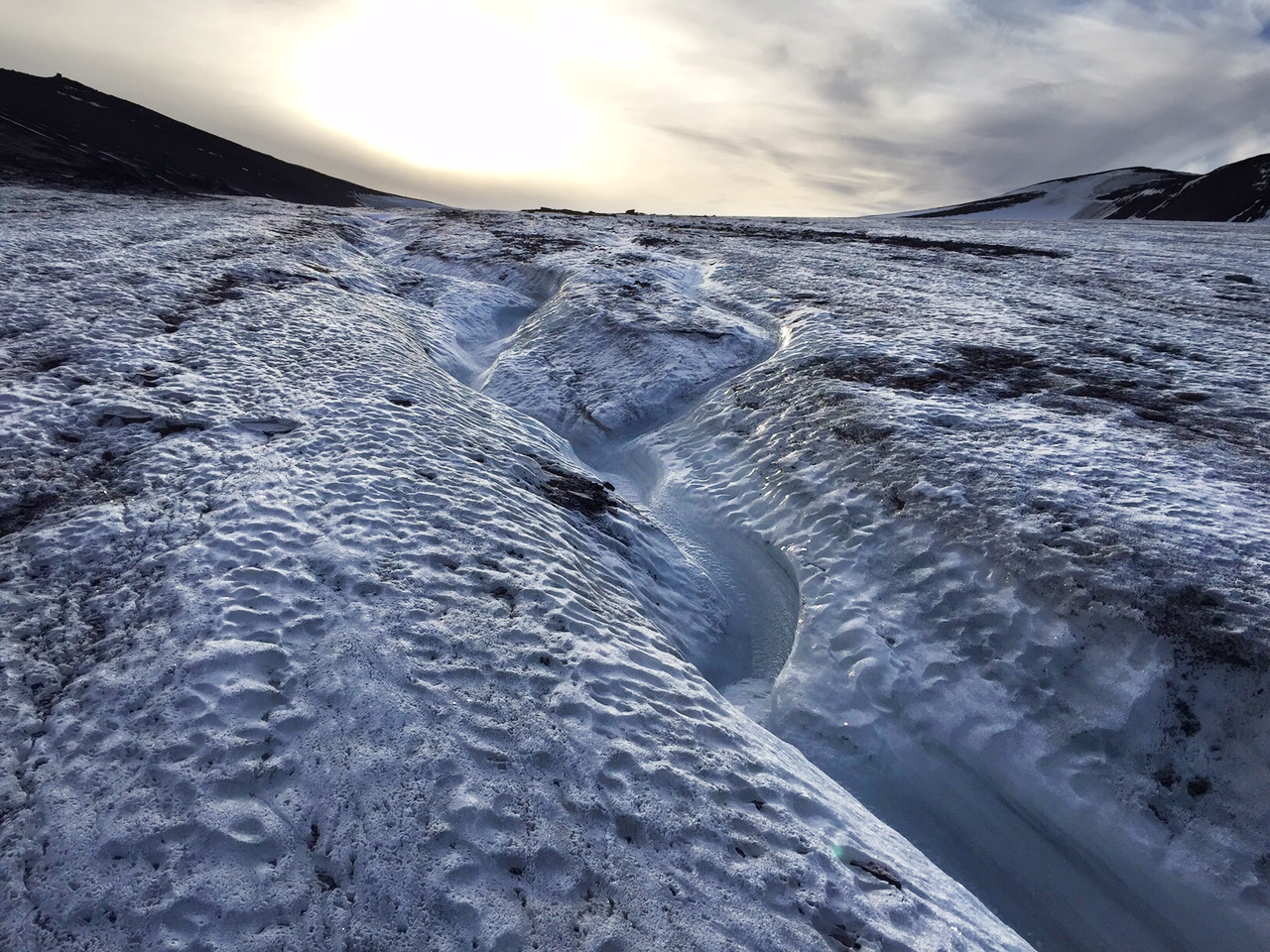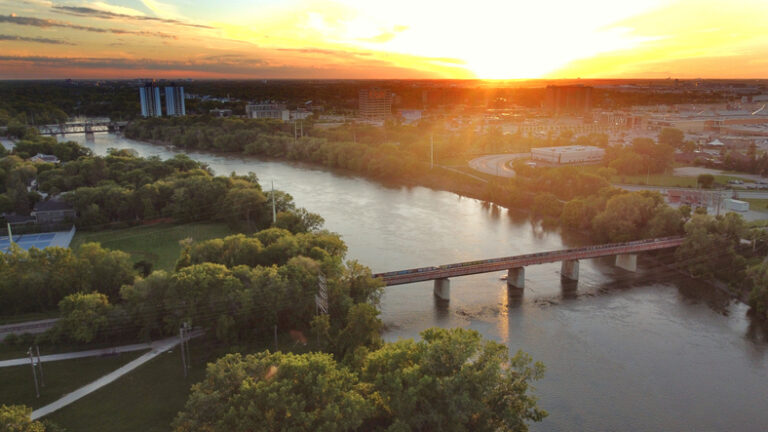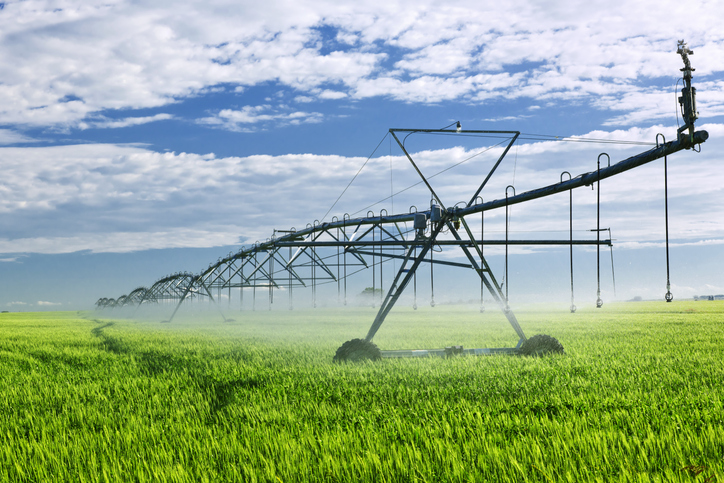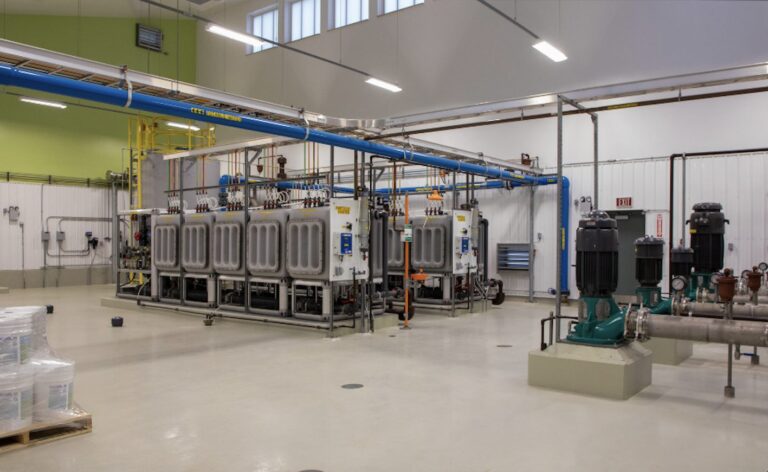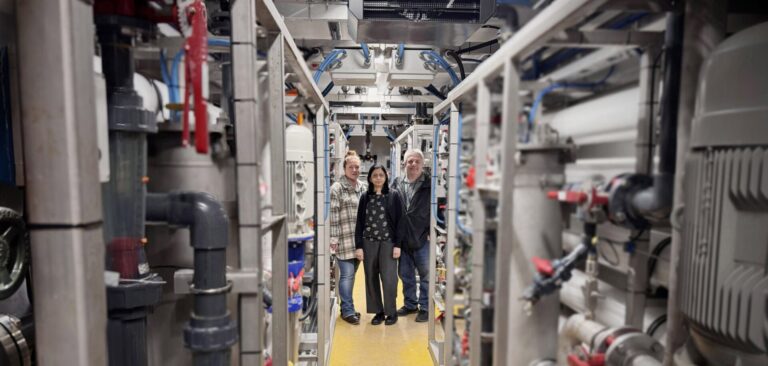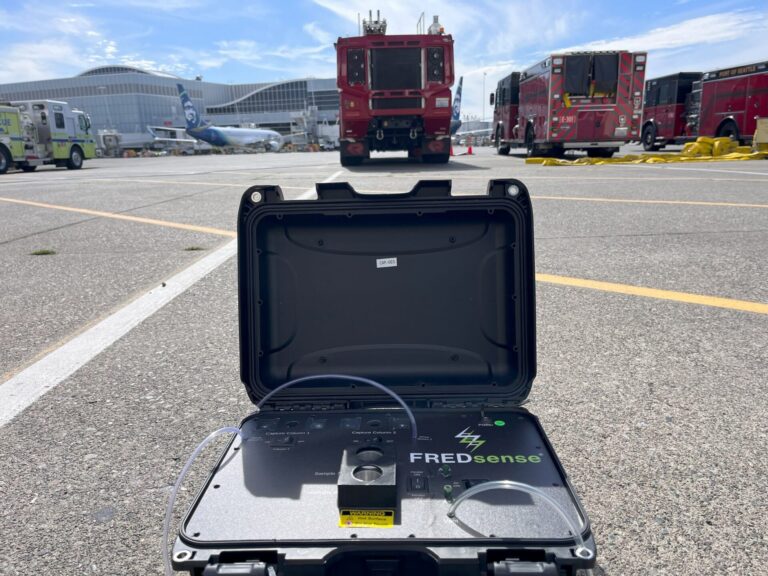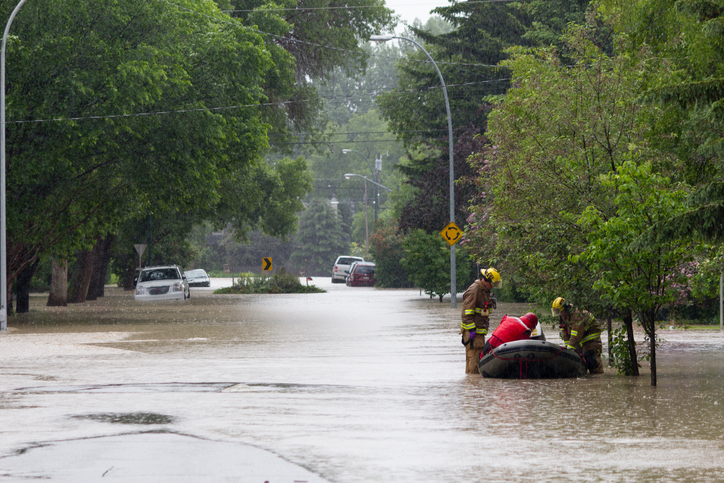Arctic regions have captured and stored carbon for tens of thousands of years, but a new study shows winter emissions from the Arctic may now be putting more carbon into the atmosphere than is taken up by plants each year.
“We’ve known that warmer temperatures and thawing permafrost have been accelerating winter CO2 emissions, but we haven’t had a clear accounting of the winter carbon balance,” said Dr. Sue Natali, lead author of the study.
The study was published in the Nature Climate Change journal. It warns that winter carbon dioxide loss from the world’s permafrost regions could increase by 41 per cent if human-caused greenhouse gas emissions continue on their current pace.
“Considering the vast amount of land within the world’s permafrost regions, it is difficult to gauge how quickly ecosystems are changing,” said Dr. Fereidoun Rezanezhad, professor at the University of Waterloo and co-author of the study. “The research resulting from this project could inform government decision-making on climate action to see the impacts of winter warming on the export of carbon under different climatic scenarios.”
Permafrost is the carbon-rich frozen soil that covers 24 per cent of Northern Hemisphere land area. Across the globe, from Alaska to Siberia, permafrost holds more carbon than has ever been released by humans. Right now, permafrost keeps it safely locked away, but as global temperatures warm, permafrost thaws and releases greenhouse gases to the atmosphere. Carbon from thawing permafrost had been omitted from many models and reports that informed international climate policy.
Researchers synthesized on-the-ground observations of CO2 emissions to assess current and future winter carbon losses from the northern permafrost regions. They estimate a contemporary loss of 1.7 million metric tons from the permafrost region during the winter season (October through April). That loss is greater than the average growing season uptake for this region estimated from process models (1.0 million metric tons of carbon taken up per year). Extending model predictions to warmer conditions in 2100 indicates winter CO2 emissions could increase 17 per cent under a moderate mitigation scenario but could rise 41 per cent under a business-as-usual emissions scenario.
Header image credit: Dr. Homa Kheyrollah Pour.

